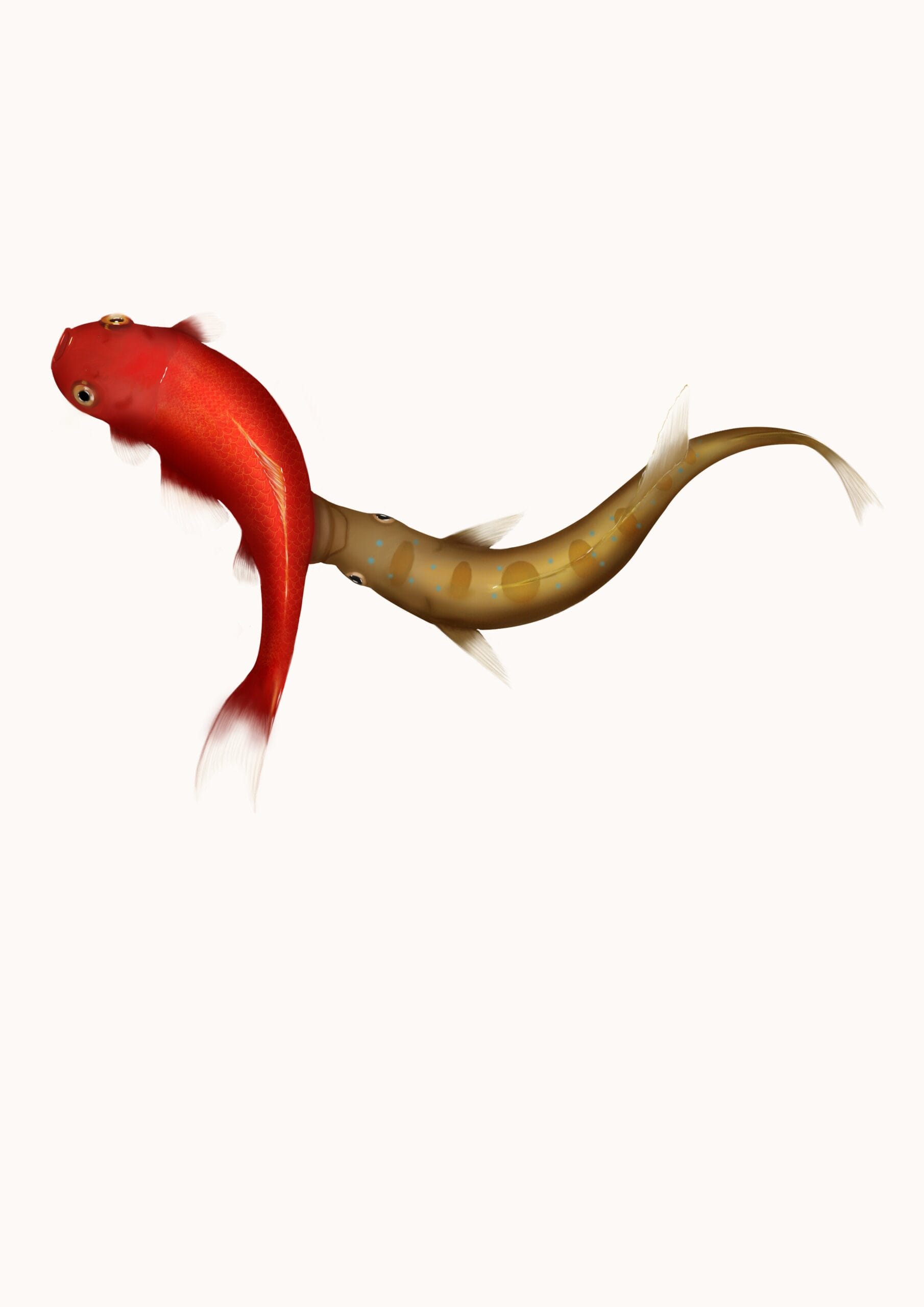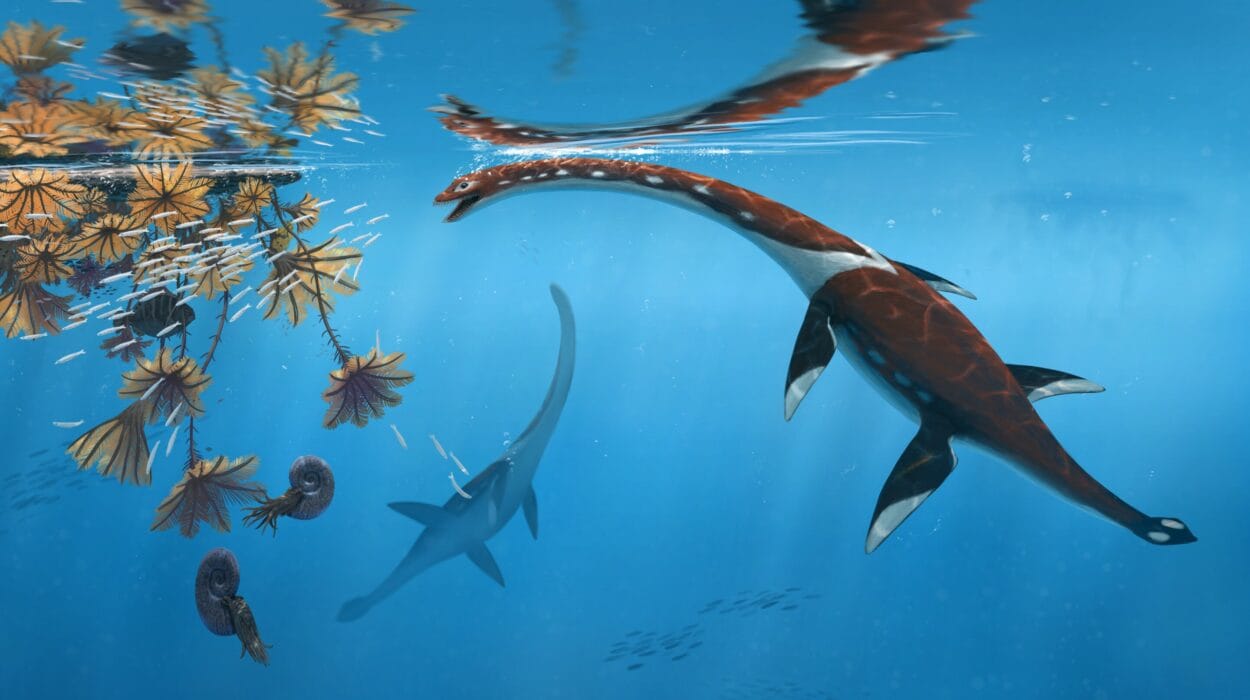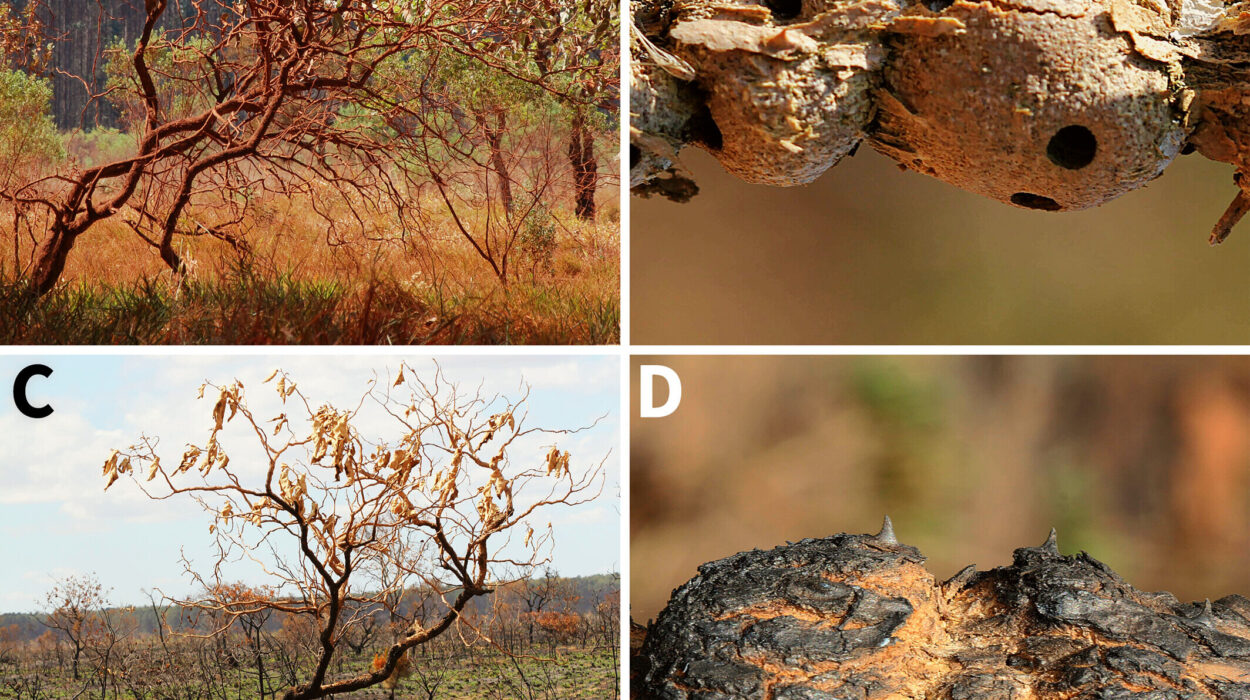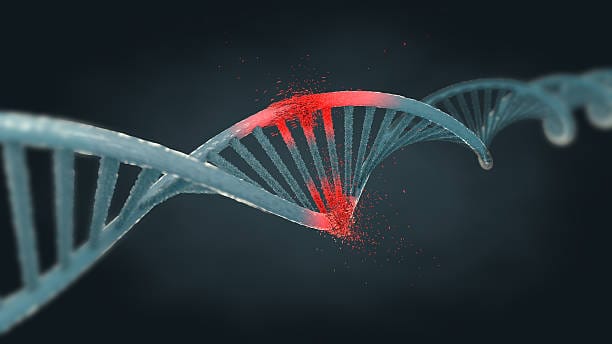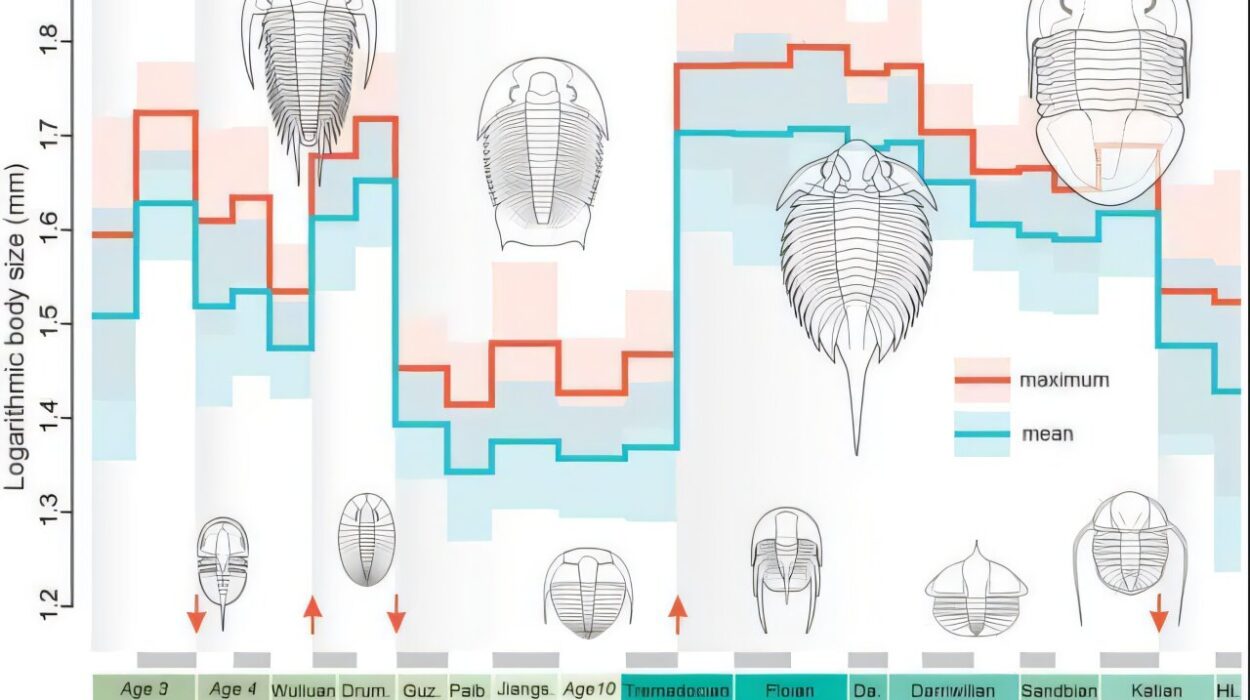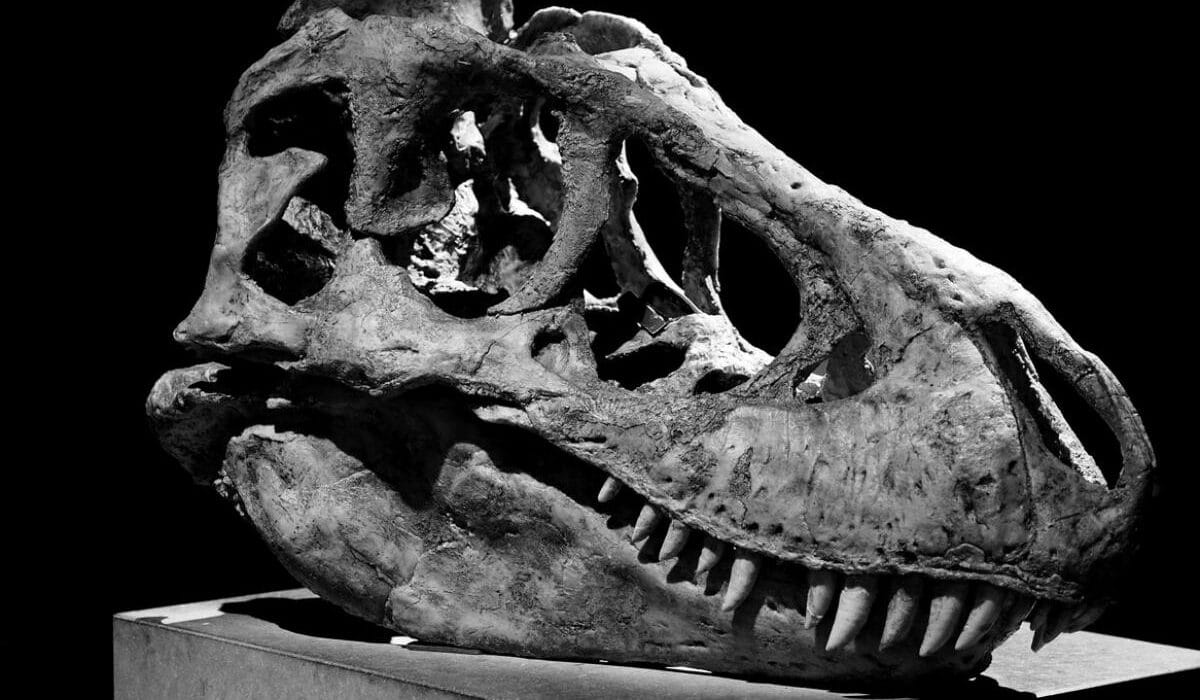Symmetry is a law of life. From the two wings of a butterfly to the mirrored halves of the human face, almost all animals on Earth follow a blueprint that favors balance. It is a quiet but pervasive rhythm of biology—one that rarely skips a beat. And yet, deep in the ancient waters of Lake Tanganyika, something curious swims against this current. A small, scale-eating cichlid fish with a permanently crooked jaw has become a living exception to nature’s rule.
Meet Perissodus microlepis, a species that doesn’t just defy symmetry—it depends on breaking it to survive. And thanks to new research by evolutionary biologist Axel Meyer and his team from the University of Konstanz, we now understand that this fish’s unique lopsided life is not a mere quirk of evolution, but the result of a deep and complex genetic interplay between morphology and behavior.
Their findings, published recently in Science Advances, peel back the layers of a decades-old mystery: What makes some of these fish develop heads that skew left while others bend right—and why do they need that asymmetry in the first place?
A Predator With a Twist
Perissodus microlepis may be modest in size, but its hunting tactics are anything but subtle. These fish don’t chase prey or hunt in packs. Instead, they sneak up behind other fish and—like aquatic pickpockets—tear scales off their unsuspecting victims with remarkable speed and precision. These scales aren’t a mere byproduct of attack—they are the meal itself.
But what sets these fish apart isn’t just their bizarre dietary habits. It’s how they attack. Each individual fish consistently prefers to strike from one side—the right or the left—corresponding to a distinct bend in its head and jaw. The result is a mouth that twists sideways, giving the fish a permanently skewed appearance.
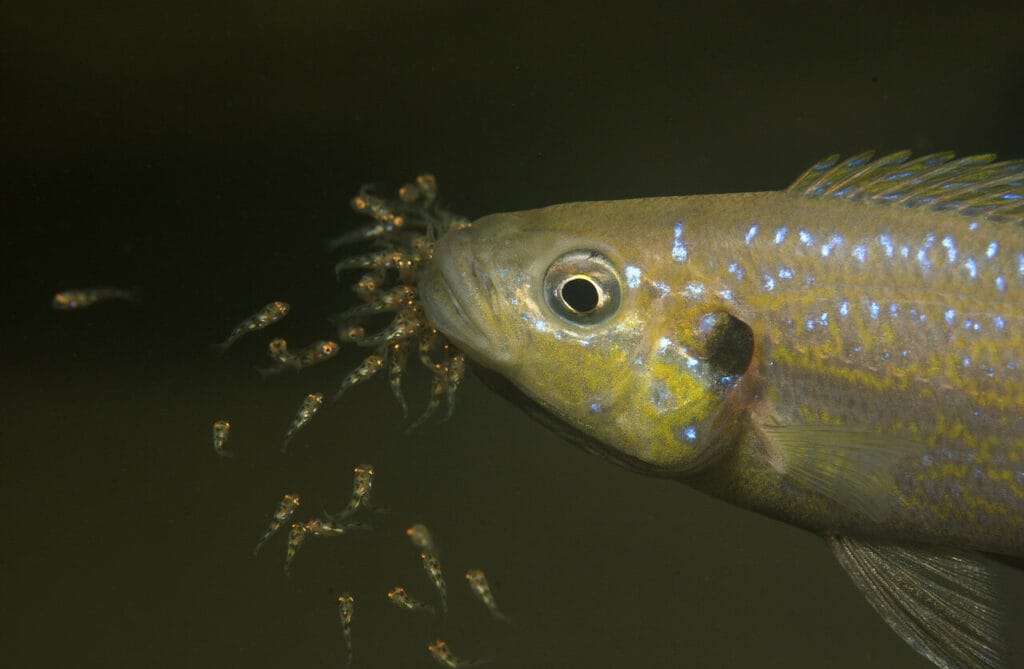
And here’s the twist: in the wild, the population stays perfectly balanced between left-headed and right-headed fish. It’s not just coincidence—it’s evolution in delicate equilibrium.
An Evolutionary Game of Cat and Mouse
To understand this 50:50 ratio, we need to take a detour into evolutionary theory—specifically, a concept known as frequency-dependent selection. It’s a dynamic where the success of a particular trait depends on how common or rare it is in the population.
First author Xiaomeng Tian puts it simply: if more fish attack from the left, prey become more vigilant to attacks from that side. Over time, left-attacking predators are less successful, and the right-jawed minority begins to thrive—until the balance tips again.
This evolutionary seesaw has been rocking back and forth for countless generations. It’s a rare but beautifully clear example of nature maintaining diversity by punishing the majority.
Cracking the Genetic Code of Asymmetry
For decades, scientists believed that this left-right split might be governed by a single gene—a Mendelian trait with a clean binary switch. But the real story, as Meyer’s team has now shown, is far messier—and far more fascinating.
The researchers studied 102 individual cichlids, performing nearly 100,000 micro-computed tomography (micro-CT) scans—a staggering amount of data that let them map each fish’s head structure in exquisite three-dimensional detail. Alongside this anatomical deep dive, they conducted comprehensive genome analyses to search for the elusive genetic signature of asymmetry.
What they found overturned earlier assumptions. The asymmetrical head shape is not caused by a single gene, but by a constellation of at least 72 regions scattered across the genome. Each contributes a small but measurable effect, like instruments in an orchestra playing a complex, lopsided symphony.
According to Meyer, this paints a picture of polygenic influence—where many genes, rather than one, interact to produce a trait. It’s a subtle and nuanced dance, not a straightforward mutation flipping a switch.
Nature, Nurture, and Neurology
But the story doesn’t stop at genetics. One of the study’s most intriguing insights is that behavior and anatomy may co-evolve—that is, they shape each other in a feedback loop.
Tian explains: the hunting side preference—the fish’s decision to attack from the left or right—isn’t simply a product of bone structure. It’s also rooted in the brain. In follow-up studies, the team found asymmetrical gene expression in the brain hemispheres of the fish, suggesting that neural activity helps reinforce and maintain the directional bias.
In other words, it’s not just a crooked skull that causes one-sided behavior. The behavior itself can influence the skull’s development through a phenomenon called developmental plasticity. Fish that repeatedly attack from one side may experience subtle shifts in how their head bones grow, creating a lifelong physical asymmetry that matches their habits.
This loop—where genes affect behavior, and behavior sculpts the body, which in turn feeds back into behavior—is a profound example of how complex, multi-layered, and interdependent evolution can be.
Why It Matters: A Window Into the Flexibility of Life
At first glance, the scale-hunting cichlid might seem like a footnote in the book of evolution—a quirky oddity in a single African lake. But Meyer and Tian’s work shows that Perissodus microlepis offers something much bigger: a rare glimpse into how morphology and behavior can evolve together, how diversity is maintained through evolutionary checks and balances, and how genetics doesn’t always offer simple answers.
Their findings challenge the way we think about symmetry—not just as an aesthetic or engineering convenience, but as a biological default that can, under the right pressures, be deliberately and permanently broken.
More broadly, this research pushes us to reconsider the relationship between our genes and our behavior. If a fish’s crooked jaw and predatory tactics are locked in a dynamic, co-evolving cycle, might similar principles govern more complex animals—perhaps even humans? The idea that behavior can help mold biology, and vice versa, has implications for neuroscience, psychology, and evolutionary biology far beyond the shores of Lake Tanganyika.
Looking Ahead: New Questions in the Wake of Answers
The study raises tantalizing questions. What evolutionary pressures led to scale-eating in the first place? Could the genes linked to head asymmetry also influence brain lateralization or social behavior in other species? And might similar frequency-dependent mechanisms explain polymorphisms in other predators—such as beak variations in finches, or color morphs in lizards?
Meyer’s team plans to dive deeper into these questions, using P. microlepis as a model organism to explore the genetic roots of lateralization—a phenomenon that, intriguingly, also appears in humans through handedness and brain hemisphere dominance.
Final Thoughts: A Crooked Smile From Nature
The crooked-jawed fish of Lake Tanganyika reminds us that nature is not always about perfection, but about adaptation. Symmetry may be the rule, but sometimes, breaking the rule is the key to survival.
As Tian eloquently summarizes, “There is an interaction between the asymmetry of head shape and behavior, both of which have strong genetic components.” It’s a humble sentence, but one that speaks volumes about the deep complexity of life—and the delicate dance of evolution, always in motion, always balancing itself, one crooked fish at a time.
Reference: Xiaomeng Tian et al, Insights into the genetic basis of bilateral head asymmetry in a scale-eating cichlid fish, Science Advances (2025). DOI: 10.1126/sciadv.adw4406. www.science.org/doi/10.1126/sciadv.adw4406
